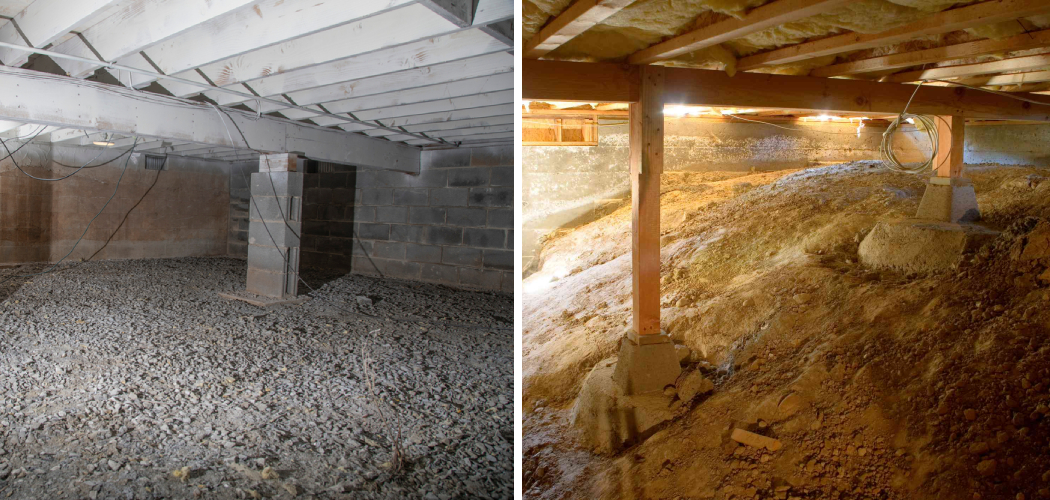Are you looking for a way to heat your floors over a crawl space easily and efficiently? Heating the floor above a crawl space doesn’t have to be an expensive or complicated process. In this blog post, we’ll take you through all the necessary steps, from choosing the right heating system to installation and maintenance tips. So if you’re ready to learn how to keep your feet warm and cozy while cutting down on costs in the long run, read on!
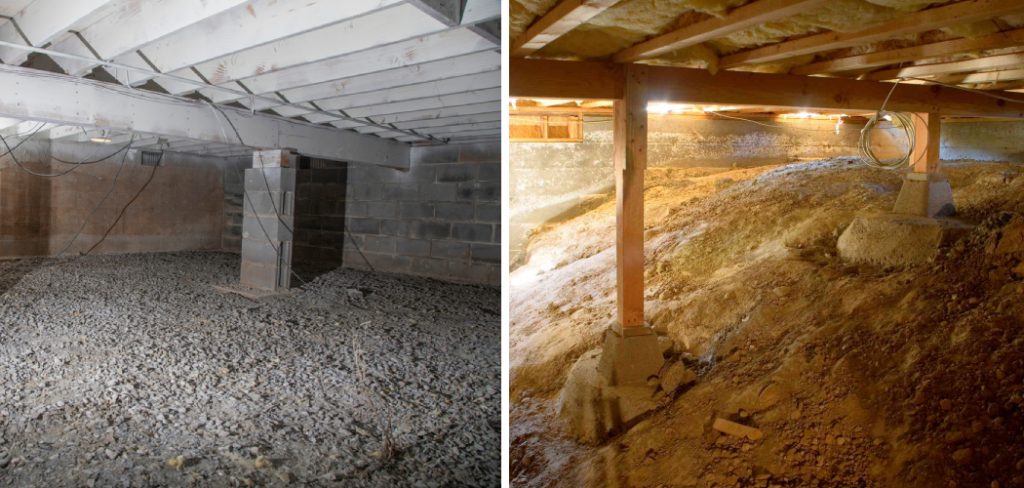
If your home has a crawl space underneath it, you may want to consider heating the floor above. Due to their design, crawl spaces can become extremely cold in colder months and can cause discomfort in living areas of your house like bedrooms or living rooms. Heat leakage into the crawl space can be prevented by adding insulation as well as insulating ductwork running through the area.
Additionally, installing a radiant heat system specifically designed for this purpose is an effective way of keeping floors on top of a crawl space warm during wintertime. In this article, we’ll discuss how to heat floor above crawl space effectively and safely so that you can enjoy cozy rooms all year round!
Why May You Want to Heat Floor Above Crawl Space?
1. To Create a Warm and Comfortable Living or Workspace
One of the primary reasons why people opt to heat floors above crawl spaces is to create a more comfortable living or workspace. The warmth generated by the heated floor helps make an area more inviting and cozy, improving the overall quality of life.
2. To Reduce Energy Consumption
Heating a room from the bottom up can help reduce energy consumption, as it requires less energy than traditional methods of heating. This can help people save money on their heating bills while still maintaining a comfortable temperature.
3. To Reduce Humidity Levels
Humidity levels in crawl space areas tend to be higher than in other parts of the home or workspace, which can make it difficult to maintain a steady temperature and air quality. By heating the floor above the crawl space, you can help reduce the humidity and keep moisture levels in check.
4. To Keep Pests Away
By warming up a crawl space area, you can help deter unwanted pests from entering your home or workspace. This is especially true for bugs like spiders and cockroaches which are attracted to areas with cooler temperatures.
5. To Improve Overall Air Quality
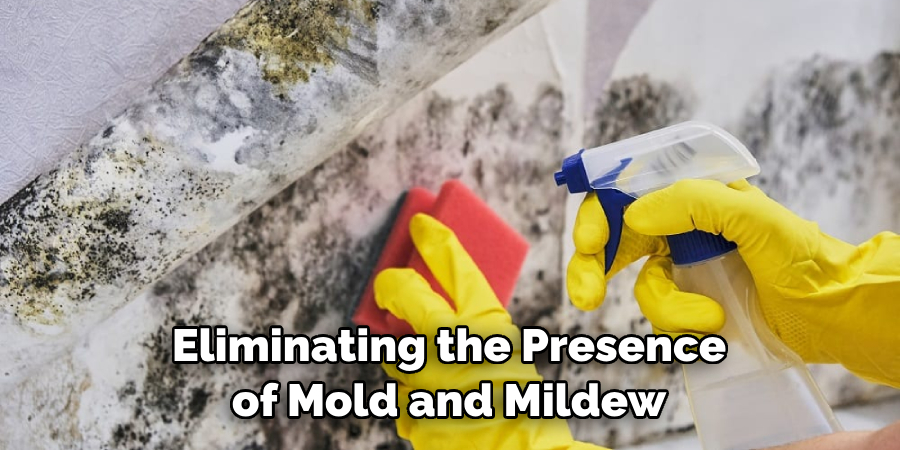
Heating floors above crawl spaces can help improve air quality by eliminating the presence of mold and mildew, which tend to thrive in moist and dark environments. This can help reduce allergens and make breathing easier for people with respiratory issues.
6. To Protect Against Water Damage
By heating up a crawl space area, you can also protect against potential water damage. The warmth generated will help evaporate any moisture that may enter the space, thus preventing the long-term buildup of water and potential mold growth.
7. To Keep Pipes from Freezing
During cold months, pipes can sometimes freeze in crawl spaces, blocking the flow of water. Heating floors above crawl spaces can help keep pipes warm and prevent them from freezing, potentially helping to avoid costly repairs down the line.
By understanding how to heat floors above crawl spaces and why it can be beneficial, you can make an informed decision on whether this is the right solution for your home or workspace.
12 Ways About How to Heat Floor Above Crawl Space
1. Use Radiant Floor Heating
Radiant floor heating systems can be used to heat a space from a crawl space below the floor. This type of system transfers energy through pipes that are laid in a grid pattern beneath the surface of the floor, radiating heat upward and providing an even temperature distribution throughout the room.

2. Install Electric Furnace Panels
Electric furnaces can be installed directly above a crawl space in order to provide heat. These panels are designed to warm the air above the crawl space and can be used to both heat and cool a space as needed.
3. Install Insulation
Adding insulation above the crawl space is essential for keeping the floor warm and comfortable. This insulation should be placed between joists in order to trap warmer air, preventing it from escaping down into the crawl space and making the floors colder.
4. Use Electric Baseboard Heaters
Electric baseboard heaters are great for providing localized heating in small areas or rooms with high ceilings. These can be placed directly above a crawl space, helping to keep the floor warm and comfortable without having to install an entire system of vents or ducts.
5. Install Wall-Mounted Heaters
Wall-mounted heaters can be placed directly above a crawl space in order to provide localized warmth and comfort. These heaters are usually more efficient than baseboard heaters and require less maintenance, making them a great choice for providing extra warmth in the winter months.
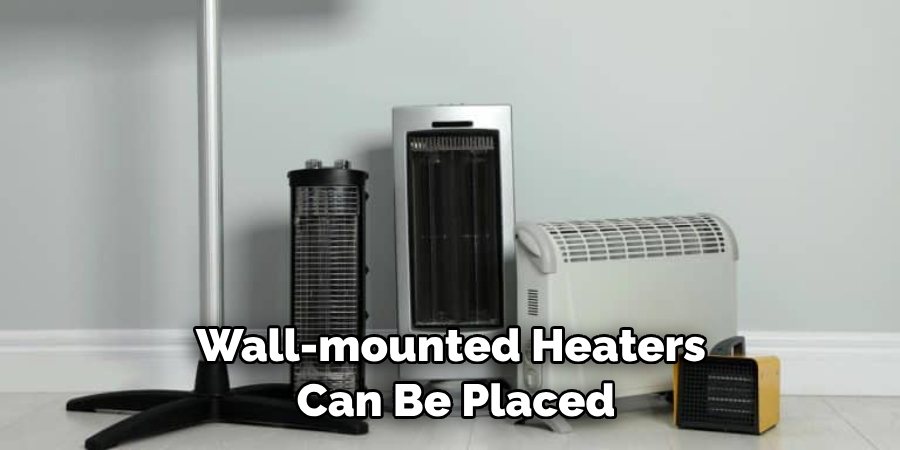
6. Install Ceiling Fans
Ceiling fans can be used to circulate warmed air from the crawl space below, helping to distribute heat evenly throughout a room. This is especially beneficial in rooms with high ceilings and can help keep the floor warmer by distributing heated air more efficiently.
7. Install Vents and Ducts
Installing vents or ducts directly above a crawl space can help move warm air from below into the space. This can help to evenly distribute the warm air, which in turn helps to keep the floor temperature more consistent and comfortable.
8. Consider a Heat Pump
Heat pumps are an efficient way to both heat and cool space and are great for providing heat above crawl spaces. Heat pumps work by transferring heat from one source (often the outdoors) into a room, making them well-suited to providing targeted heating in a space with minimal lost energy.
9. Use Insulated Pipes
Insulated pipes can be used to move heated air from below the crawl space up into the floor above. This is an efficient way to distribute heat and helps to keep the temperature more consistent, allowing for a more comfortable environment.
10. Use Heat Exchangers
Heat exchangers are an efficient way to distribute heat throughout a room. These systems use the energy from one source (such as a boiler) and transfer it into other areas, making them great for providing warmth above crawl spaces with minimal lost energy.
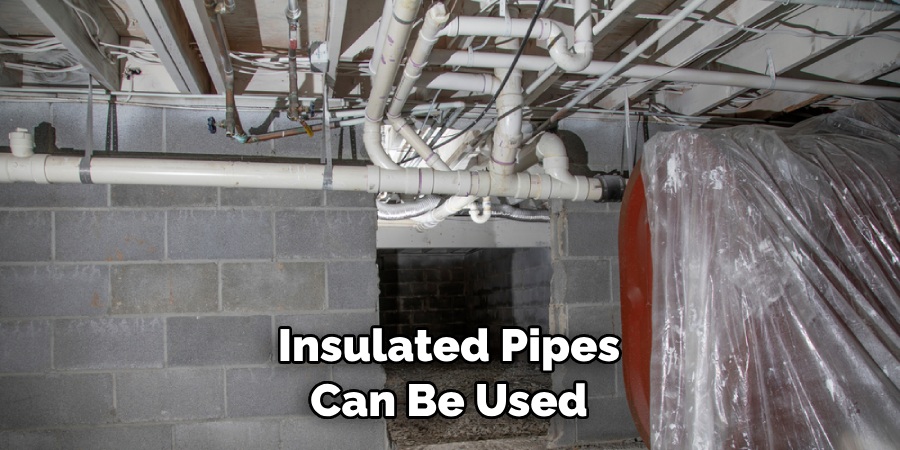
11. Consider Solar Panels
Solar panels can be used to provide targeted heating in specific rooms or areas. These panels absorb energy from the sun and can be used to provide supplemental heating above crawl spaces, helping to keep the floors warmer in the winter months.
12. Install Heated Floors
Heated floors are a great way to provide extra warmth in a space and can be installed directly above a crawl space. This type of system uses electric cables embedded in the floor to provide heat, helping to keep the floors warm and comfortable.
These are just some of the ways that you can use to heat a floor above a crawl space. Depending on your budget and needs, there may be other options available that could be better suited for your particular situation.
It’s important to do research and consult with an expert before making any decisions, to make sure that you’re getting the best possible heating solution for your home. With the right planning and setup, it’s possible to keep those floors warm and cozy all year round!
Frequently Asked Questions
What Precautions Should be Taken When Heating the Floor Above a Crawl Space?
When heating the floor above a crawl space, precautions should be taken to ensure that the temperature of the floor doesn’t get too high. Install an automatic thermostat and set it at a maximum temperature to prevent any risk of overheating. Make sure all electric cables are properly insulated and away from any moisture. Ensure that all insulation is in good condition to help maintain a steady temperature.
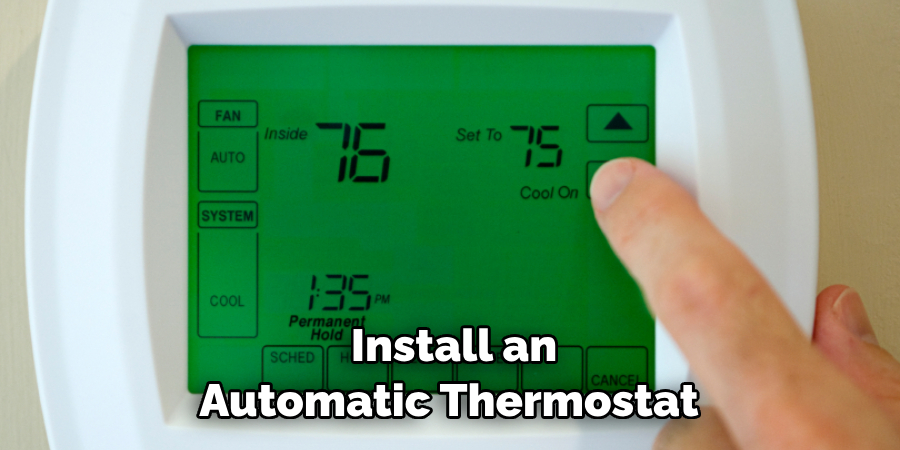
Additionally, take steps to prevent any potential fires by checking for any combustible materials that may be stored in the crawl space and removing any sources of open flame or heat.
What Types of Heat Sources Can be Used to Heat a Floor Above a Crawl Space?
Electric systems are the most popular option for heating a floor above a crawl space. Electric systems offer good temperature control and can be easily adjusted to maintain an ideal floor temperature. Radiant heat systems can also be used, which use electrical cables, tubing, or mats installed beneath the floor to produce steady heat.
Hydronic systems use hot water pipes that carry heated water around the crawlspace to generate heat. Additionally, some mechanical systems are available that work by using a fan to circulate heated air around the crawl space.
Are There Any Alternative Heating Solutions?
Yes, there are alternatives to heating the floor above a crawl space. Insulating the area can help reduce energy costs and improve efficiency. Adding additional insulation in walls or ceilings will help keep more heat in, resulting in less energy being needed to maintain a comfortable temperature.
Additionally, using an air-to-air heat exchanger can help reduce heating costs by transferring heat from one room to another without the use of additional fuel sources.
Are There Any Special Considerations for Installing Heating Systems?
When installing any type of heating system over a crawl space, special attention should be given to airflow and ventilation in the area. Proper ventilation is important to ensure the system runs efficiently and doesn’t lead to excessive moisture buildup.
If any insulation or venting systems are needed, it’s best to consult a professional for help with installation. Additionally, make sure that any heating equipment follows local building codes and safety regulations.
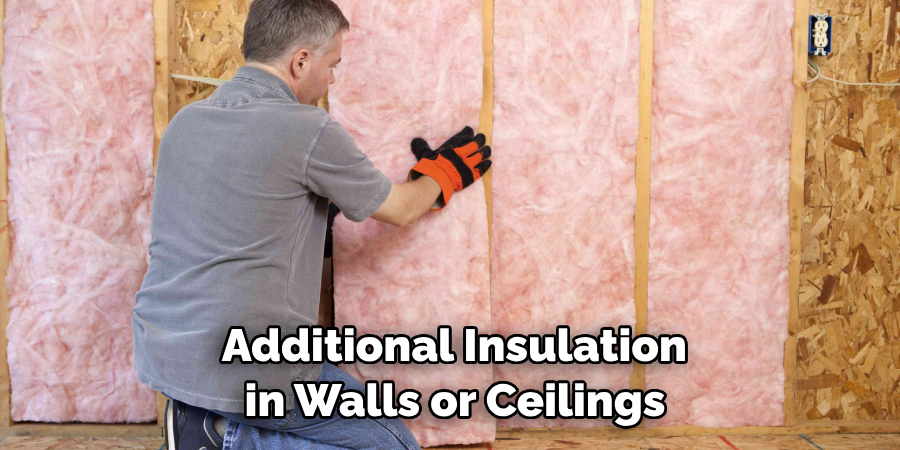
Can I Install the Heating System Myself?
Although you may be able to install some components of a heating system in a crawl space, it’s best to have any complicated wiring or electrical installation performed by a professional. An experienced contractor can ensure that all safety guidelines are followed and that the system is properly installed and functioning correctly.
Are There Risks Involved with Heating a Floor Above a Crawl Space?
Heating the floor above a crawl space can present some risks if done improperly. Excessive heat can damage the flooring, and faulty wiring or insulation can lead to fire hazards. Additionally, inadequate ventilation can cause moisture buildup in the area, which may be damaging to both the structure of the house and any occupants’ health.
It’s important to take the necessary precautions and follow all safety guidelines when installing any type of heating system over a crawl space.
How Much Does it Cost to Heat a Floor Above a Crawl Space?
The cost of heating a floor above a crawl space depends on several factors, including the type of system used, the size of the area, and local energy rates. Generally speaking, electric systems are more expensive upfront than radiant heat or hydronic systems but may have lower energy costs in the long run.
Heating the floor above a crawl space can be a great way to make your home more comfortable during cold months, but it should always be done with caution. Make sure to install an automatic thermostat and use adequate insulation and ventilation. Consult a professional if needed and always follow all safety guidelines to ensure your heating system is properly installed and functioning correctly.
Conclusion
Now you know how to heat floor above crawl space! Heating your floor above crawl space doesn’t have to be a hassle. With the right tools and techniques, you can easily complete the job with confidence. You could choose from electric wire mat, electric cable system, or hydronic heating system depending on what is best for the size and area of your room.
Keep in mind that hydronic systems should only be installed by a professional as they require intense setup and delicate operation. So take the time to do some research and find out which heating option is best for you! With just a bit of effort, you can have that comfortable temperature in your home all winter long – you’ll have peace of mind, comfort, and most importantly, warmth.
